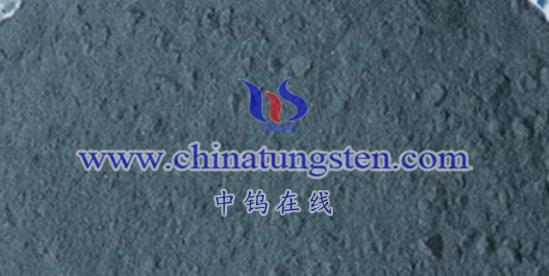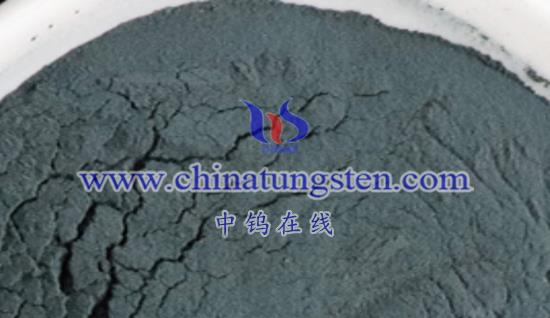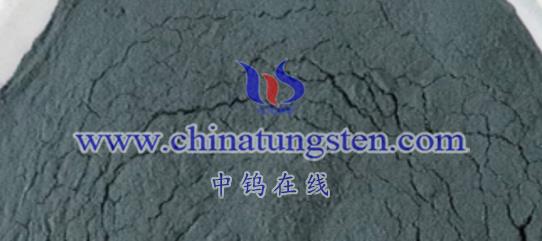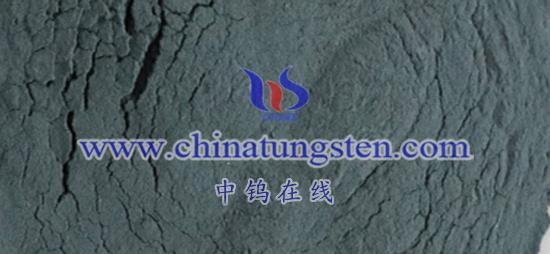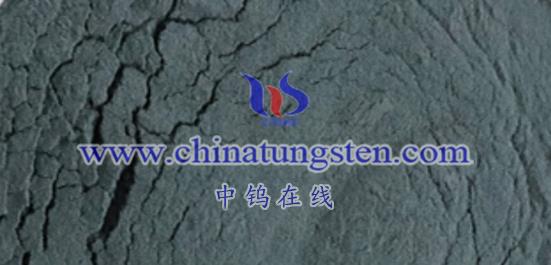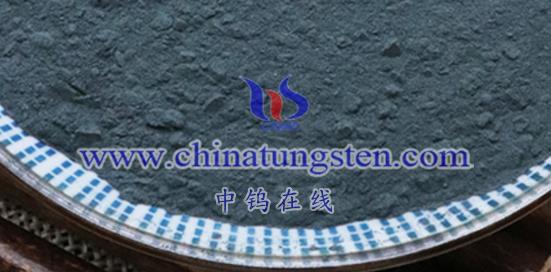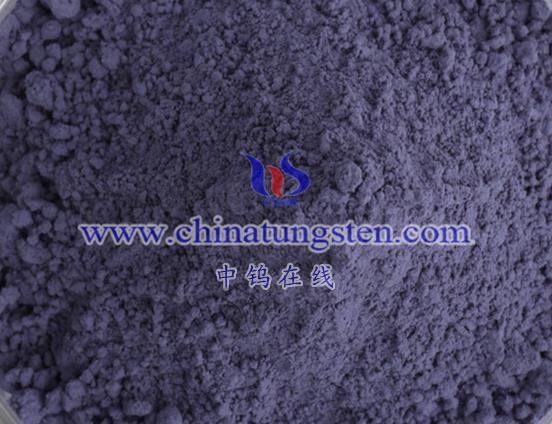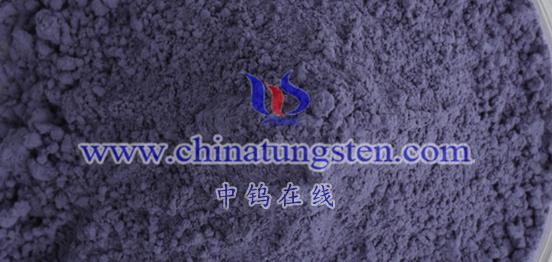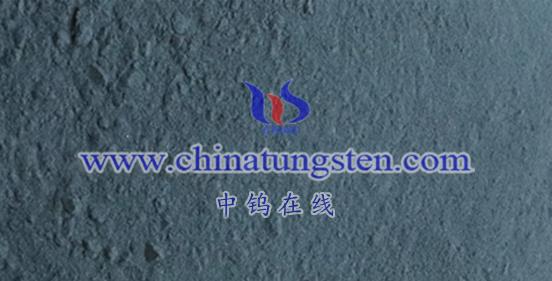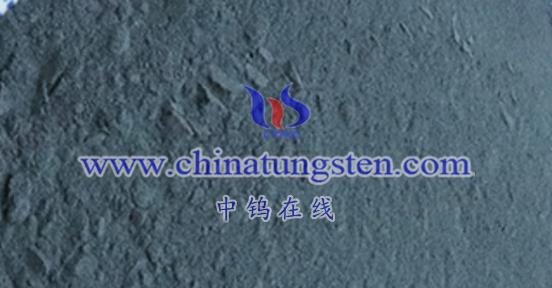
Tungsten bronze is a non-stoichiometric compound containing tungsten, characterized by unique physical and chemical properties, and is widely used in various fields. The diverse applications of tungsten bronze demonstrate its significant industrial and scientific value. Here’s a detailed explanation of tungsten bronze:
- Basic Definition of Tungsten Bronze
- Chemical Formula: Tungsten bronze is typically represented by the formula MxWO3, where M represents a metal element (such as alkali metals, alkaline earth metals, ammonium ions, and rare earth metal ions), and x is a value between 0 and 1.
- Appearance: Tungsten bronze resembles copper, exhibiting a metallic luster and distinctive colors.
- Structure: Tungsten bronze primarily exists in two crystal systems: tetragonal and orthorhombic. The tetragonal unit cell contains ten [BO6] octahedra, which are corner-sharing along the C-axis. The orthorhombic structure can be seen as a further distortion along the diagonal of the tetragonal unit cell.
- Physical and Chemical Properties of Tungsten Bronze
- Chemical Inertness: Tungsten bronze exhibits high chemical inertness, being insoluble in water and all acids except hydrofluoric acid, but soluble in alkaline reagents.
- Electrical Conductivity: The electrical conductivity or semiconductor properties of tungsten bronze depend on the type of M and the value of x. For instance, when M is sodium (Na), the temperature coefficient of resistance of NaxWO3 varies with the x value. When the Na
ratio exceeds 0.3, the temperature coefficient of resistance is positive, indicating poor stability and semi-metallic properties; when it is less than 0.3, it becomes negative, exhibiting semiconductor behavior.
- Color Variation: The color of tungsten bronze changes with different types of M and x values. For example, when M is sodium, the color of NaxWO3 changes from golden yellow to pale blue-gray as x decreases. When M is ammonium (NH4+), (NH4)xWO3 appears blue. When M is cesium (Cs), Cs0.33WO3 appears blue-black.
- Preparation Methods of Tungsten Bronze
Various methods are available for preparing tungsten bronze, including hydrogen reduction, electrochemical reduction, vapor deposition, and molten or solid-state reactions. Among these, solid-state reaction methods are widely employed due to their feasibility. Specific preparation methods may vary depending on the type of M. For example:
- NaWO3 can be synthesized by mixing sodium tungstate and tungsten trioxide under heating and reduction conditions.
- (NH4)WO3 can be prepared through methods like wet chemistry, thermal reduction, and thermal decomposition.
- Cs0.33WO3 can be synthesized using citric acid-induced hydrothermal synthesis or solvothermal methods.
- Application Areas of Tungsten Bronze
Due to its excellent properties, tungsten bronze finds applications in various fields:
- Energy Storage: Used as an anode material for batteries.
- Coatings: Cs0.33WO3, known for its good near-infrared absorption, weather resistance, and low resistivity, can be used to make thermal insulation coatings and window films.
- Petrochemical Industry: Serves as a catalyst in petrochemical processes.
- Optical Applications: Utilized in laser frequency doubling, electro-optical modulation, and optical information processing.
Other Applications
Tungsten bronze can also be applied in superconductors, humidity sensors, solid fuel cells, and other technologies. Additionally, cesium tungsten bronze can be used as a treatment material for cancer, a modifier for ordinary glass, and a functional raw material for textile fibers.
More details of tungsten oxide product, please visit website: tungsten-oxide.com
Please contact CHINATUNGSTEN for inquiry and order of tungsten oxide:
Email: sales@chinatungsten.com
Tel.: 86 592 5129595
